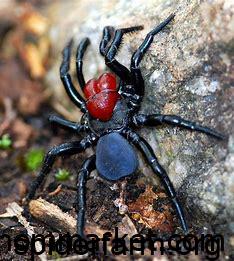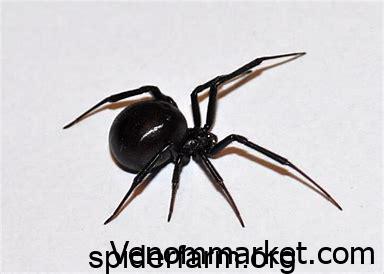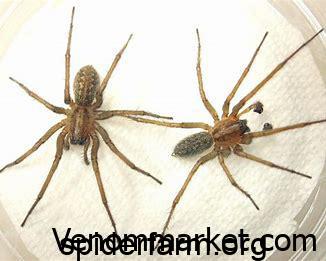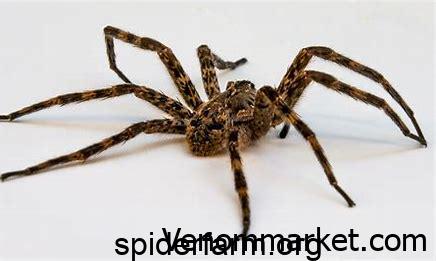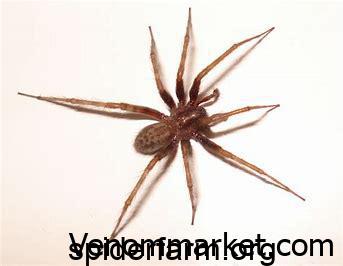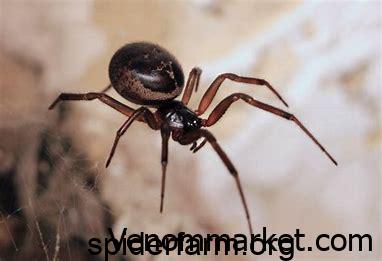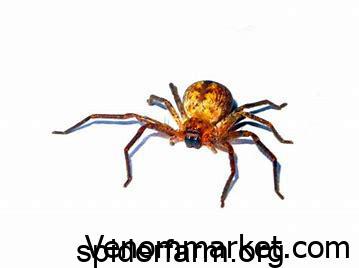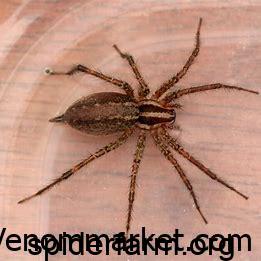Scorpion venom compounds can
kill dangerous bacteria

Researchers have managed to synthesize two scorpion venom compounds that are effective against some strains of highly infectious bacteria. The compounds are also unlikely to harm humans, the scientists reassure us.
Thousands of animal species around the globe are venomous, from spiders to wasps, fish, snakes, and frogs.
The venom of some animals is only strong enough to produce mild irritation and discourage potential predators, while the venom of other animals, such as the tiny blue-ringed octopus, could easily kill an adult human within minutes.
However, researchers argue that many deadly animal venoms may also hold the answer to infection and disease.
For instance, the venom of Tropidolaemus wagleri, a viper species native to Southeast Asia, could improve the treatment of blood clots, and a key component of funnel web spider venom could help prevent brain damage following a stroke.
Scientists from Stanford University, in California, and the National Autonomous University of Mexico, in Mexico City, have recently made another promising discovery: Two compounds from the venom of a scorpion native to Eastern Mexico, Diplocentrus melici, can fight off difficult bacteria without causing harm to healthy tissue.
The team conducted their research in mice, as well as in tissue samples, to test the compounds’ effectiveness and safety. The study’s findings now appear in PNAS.
The discovery of 2 new compounds
Prof. Richard Zare, from Stanford, Prof. Lourival Possani, from the National Autonomous University of Mexico, and their teams made the intriguing discovery following the capture of a few specimens of D. melici by Prof. Possani’s research students in Mexico.
Prof. Possani’s research has revolved around discovering new medical treatments based on scorpion venom. Prof. Zare specializes in detecting chemical reactions at the molecular level.
The two senior researchers and their teams collaborated in identifying the key compounds that made D. melici venom an important pharmacological lead. The entire process was very laborious, and even finding the scorpions, in the first place, was tricky.
“The collection of this species of scorpion is difficult because during the winter and dry seasons, the scorpion is buried. We can only find it in the rainy season,” explains Prof. Possani.
To “milk” the scorpions for their venom, the researchers had to apply mild electric stimuli to the arachnids’ tails. Following this procedure, the team saw that the venom turned brownish as soon as it became exposed to air.
After conducting several sensitive tests, the researchers deemed that two chemical compounds of 1,4-benzoquinone — which they had been able to synthesize from a tiny quantity of scorpion venom — were responsible for this change. Each of these compounds turned a different color, one red and the other blue, when coming into contact with the air.
“We only had 0.5 microliters of the venom to work with. This is 10 times less than the amount of blood a mosquito will suck in a single serving,” notes Prof. Zare.
Benzoquinones, the scientists explain, have antimicrobial properties, and the two compounds that the team identified were previously unknown. They are only subtly different from one another.
“The two compounds are structurally related, but whereas the red one has an oxygen atom on one of its branches, the blue one has a sulfur atom,” explains Shibdas Banerjee, Ph.D., one of the study authors responsible for elucidating the structure of the newly discovered chemicals.




